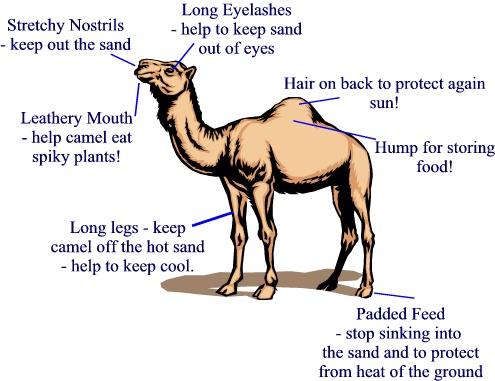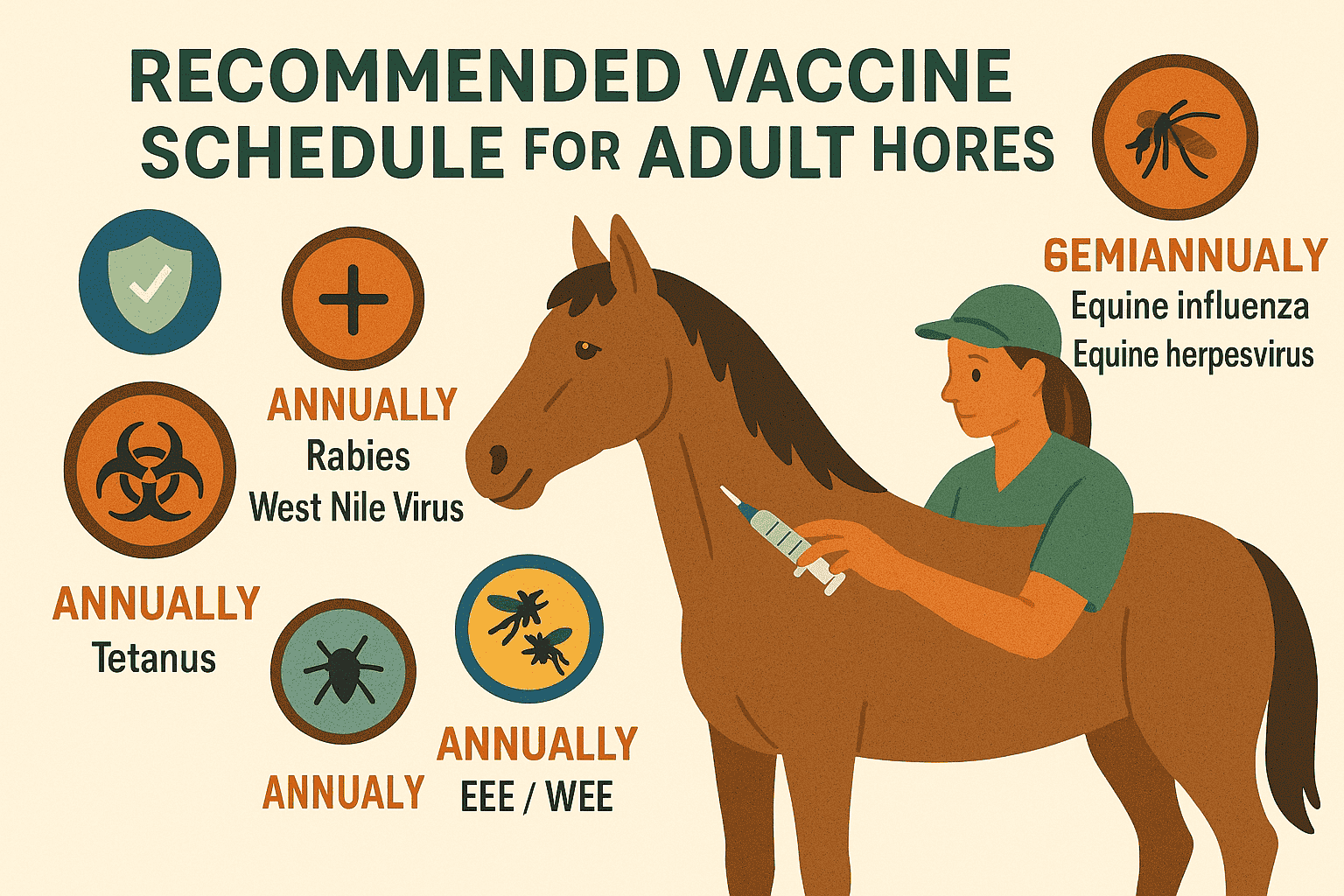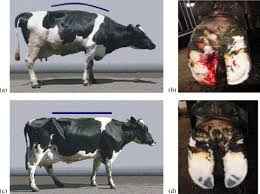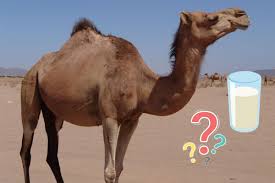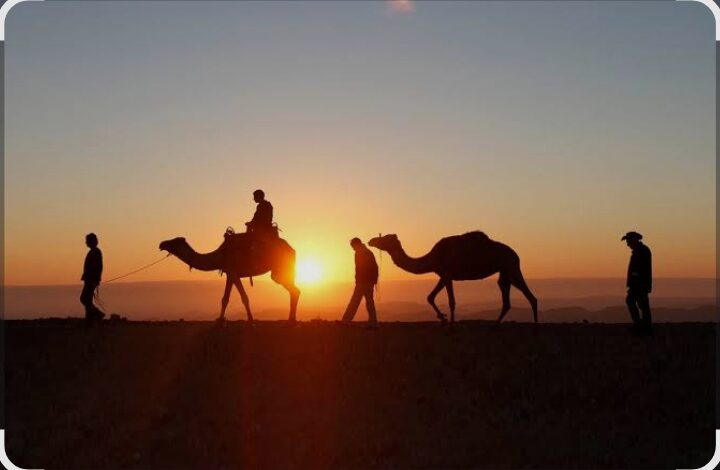
Abstract
The dromedary camel is a good source of meat especially in areas where the climate adversely affects the performance of other meat
animals. This is because of its unique physiological characteristics, including a great tolerance to high temperatures, solar radiation,
water scarcity, rough topography and poor vegetation. The average birth weight of camels is about 35 kg, but it varies widely between
regions, breeds and within the same breed. The meat producing ability of camels is limited by modest growth rates (500 g/day). However,
camels are mostly produced under traditional extensive systems on poor levels of nutrition and are mostly slaughtered at older ages after
a career in work, racing or milk production. Camels reach live weights of about 650 kg at 7–8 years of age, and produce carcass weights
ranging from 125 to 400 kg with dressing-out percentage values from 55% to 70%. Camel carcasses contain about 57% muscle, 26% bone
and 17% fat with fore halves (cranial to rib 13) significantly heavier than the hind halves. Camel lean meat contains about 78% water,

19% protein, 3% fat, and 1.2% ash with a small amount of intramuscular fat, which renders it a healthy food for humans. Camel meat has
been described as raspberry red to dark brown in colour and the fat of the camel meat is white. Camel meat is similar in taste and texture
to beef. The amino acid and mineral contents of camel meat are often higher than beef, probably due to lower intramuscular fat levels.
Recently, camel meat has been processed into burgers, patties, sausages and shawarma to add value. Future research efforts need to focus
on exploiting the potential of the camel as a source of meat through multidisplinary research into efficient production systems, and
improved meat technology and marketing.
🐫 Some Fun Facts About Camels
- Camels can survive without water for up to two weeks in extreme desert heat.
- They store fat in their humps, not water — this fat gives them energy.
- A healthy camel’s hump can weigh up to 80 pounds (36 kg).
- When a camel’s hump deflates, it means it’s used up its fat reserves.
- Camels can drink up to 40 gallons (150 liters) of water in one go!
- They have three sets of eyelids and two rows of eyelashes to protect against sand.
- Camels can close their nostrils during sandstorms.
- Their feet are wide and padded, perfect for walking on hot, soft sand.
- Camels are called the “ships of the desert” because of their smooth movement over sand.
- Camels can tolerate body temperatures over 104°F (40°C) without sweating.
- They are excellent swimmers, even though they rarely encounter water.
- Camels’ blood cells are oval-shaped, which helps them flow even when dehydrated.
- There are three types of camels: Dromedary (one hump), Bactrian (two humps), and Wild Bactrian.
- Dromedaries make up about 90% of the world’s camel population.
- Camels can run up to 40 mph (65 km/h) in short bursts.
- A camel’s thick coat insulates it from both heat and cold.
- They can live for 40 to 50 years in the right conditions.
- Baby camels are born without humps, which develop as they grow.
- Camels chew cud, meaning they regurgitate and re-chew their food.
- They have split upper lips that help them grab tough desert plants.
- Camels are used for milk, meat, wool, and transport in many cultures.
- Camel milk is rich in iron, vitamin C, and low in fat compared to cow’s milk.
- Camel races are a popular sport in the Middle East, Africa, and Australia.
- Camels communicate by grunts, moans, and loud bellows.
- They can be stubborn and grumpy, but they’re highly intelligent.
- Camels can go weeks without food if needed.
- A thirsty camel can drink water so quickly it looks like it’s inhaling it.
- Camels have been domesticated for over 3,000 years.
- In cold deserts like Mongolia, Bactrian camels can survive freezing winters.
- Camels often spit when annoyed — but it’s mostly regurgitated food, not saliva!
Content
Introduction
Growth rate and live weight Carcass weight and dressing-out percentage
Non-carcass components
Carcass composition
Meat composition
Meat quality
meat quaily of camel/nutriton
Funfacts
INTRODUCTION
The family Camelidae include two subfamilies: Camelinae (Old World Camelids) and Laminae (New World
Camelids). There are two species of camel within the genus
Camelus. The Dromedary one-humped camel (Camelus
dromedaries) is most widely distributed in the hot arid
areas of the Middle East and Africa, whereas the Bacterian
two-humped camel (Camelus bacterianus) is found in parts
of central Asia and China (Dorman, 1986). Four species of
the New World camelids are found in South America: the
guanaco (Lama guanacoe) and the vicuna (Vicugna vicugna) are wild, whereas the llama (Lama glama) and the alpaca (Lama pacos) are domesticated (Murray, 1989;
Skidmore, 2005). The Llama and Alpaca are mainly used
for meat and fibre production. The camel originated in
North America and was domesticated by secondary
nomads around 4000 years ago in South Arabia primarily
for transport and labour rather than as a producer of meat,
milk or clothing (Wilson, 1984). The dromedary is more
numerous than the Bactrian camel and represents almost
90% of the genus Camelus. Generally, there has been relatively little differentiation into specialised types in the camels (Wilson, 1998). Camels are multipurpose animals with
females used primarily as milk producers, the males for
transport or draught and both sexes providing meat as tertiary product. The genetic diversity and relationships
amongst the dromedary populations are poorly documented. Phylogenetic analysis (micro-satellite loci) Llama (Skidmore, 2005).
The dromedary camel is one of the most important
domestic animals in the arid and semi arid regions as it is
equipped to produce high quality food at comparatively
low costs under extremely harsh environments (Knoess,
1977; Yagil, 1982; Yousif & Babiker, 1989). The camel
has great tolerance to high temperatures, high solar radiation and water scarcity. It can survive well on sandy terrain
with poor vegetation and may chiefly consume feeds unutilized by other domestic species (Shalah, 1983). Tandon,
Bissa, and Khanna (1988) noted that the camel is likely
to produce animal protein at a comparatively low cost in
the arid zones based on feeds and fodder that are generally
not utilized by other domestic species due to either their
size or food habits.
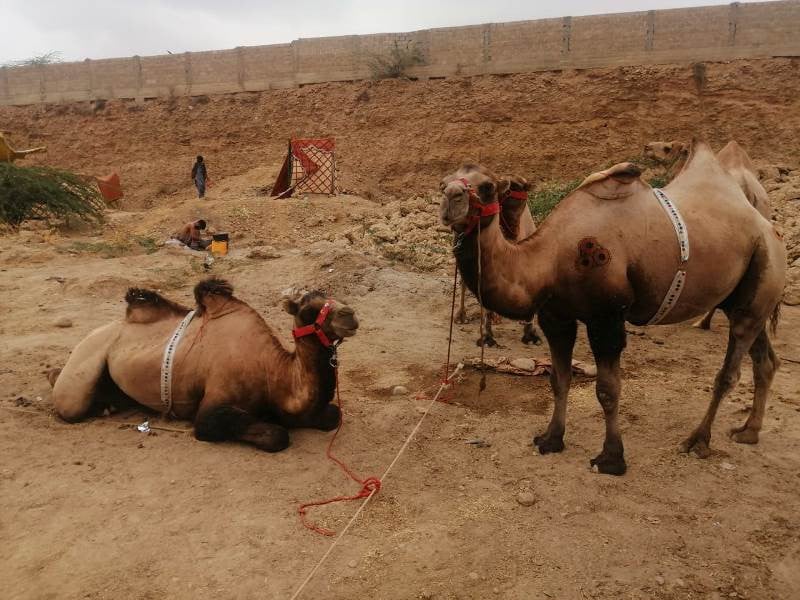
Growth rate and live weight
Growth in body weight is the basis of meat production in domestic animals. There are many factors that influence growth rate including breed, nutrition, sex and health.
Heredity is the main factor determining prenatal growth, either directly via the genotype of the foetus or indirectly through the genotype of the dam (Shalash, 1978). Prenatal patterns of growth and development of the camel foetus is similar to that of cattle (Musa, 1969). However, the lifetime utput of meat for breeding female camels is often limited
due to long gestations, low calving rates and long milk
feeding periods, especially under traditional systems. After
a gestation periods of 13 months, a camel female usually
bears a single calf, and rarely twins. The new born camel
walks within hours of birth, but remains close to its mother
sometimes until maturity at five years of age (Bhargava,
Sharma, & Singh, 1965).
The average birth weight of the dromedary camels is
about 35 kg (Wilson, 1978), but it varies widely between
regions, breeds and within the same breed. Reports on
camel birth weights range between 27 and 39 kg, which is
comparable with that of tropical cattle breeds. For
instance, reports of birth weights include 26–28 kg for
Somali camels (Field, 1979; Ouda, 1995; Simpkin, 1983);
27 kg for Tunisian camels (Hammadi et al., 2001) and
39 kg for Indian camels (Bissa, 1996).
The influence of sex on birth weight of the dromedary
camel appears to be minimal (Ouda, 1995). Males
(38.2 kg) were slightly but not significantly heavier than
females (37.2 kg) in the study of Yagil (1985). Harmas,
Shareha, Biala, and Abu-Shawachi (1990) also reported
average birth weights of 36 and 34 kg for male and females,
respectively with no significant differences between sexes.
No differences in body weight between sexes were observed
up to two years by Ouda, Abui, and Woie (1992) or up to
four years of age by Simpkin (1983).
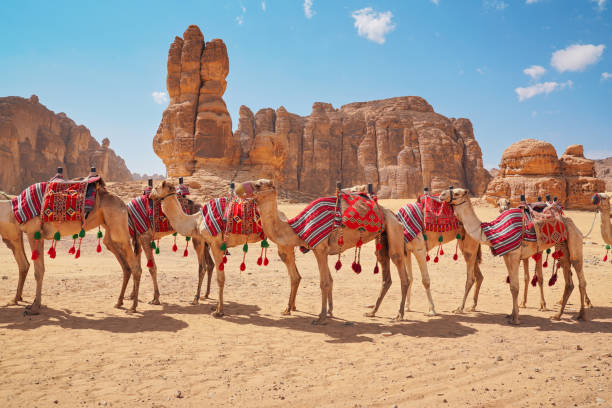
camels in different countries with the lightest live weights in
Somalia desert camels (350–400 kg) and the heaviest liveweight (660 kg) in Indian camels. In Australia, the weights
of mature camels ranged from 514 to 645 kg for males and
470 to 510 kg for females. Iranian camels at an age of five
years were ranged in weight from 340 to 430 kg (Khatami,
1970). There are also reports of varying camel body
weights within the same region. Live weight in 4300 Turkman camels ranged between 439 and 489 kg (Keikin, 1976).
Nutritional history and body condition have significant
effects on live-weight. Live weights of mature well-finished
male desert Saudi camels ranged between 359 and 512 kg
with an average of 475 kg (Babiker & Yousif (1987). However, there are reports of extremely high body weights in camels.
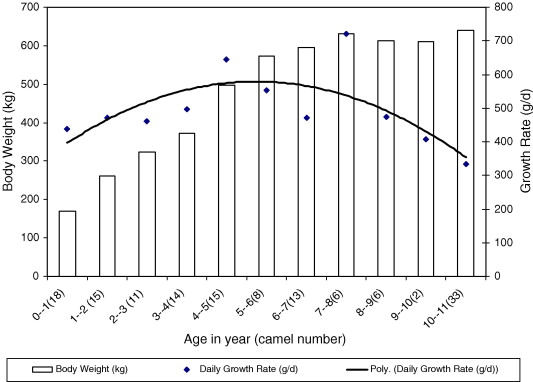
Non-carcass components
There is little data available on non-carcass components
of the camel. Proportions of live weight as feet and hide are
higher for the camel than for cattle, but the head is proportionately lower than cattle (Mahgoub et al., 1995a, Mahgoub, Olvey, & Jeffrey, 1995b). The latter difference is
most likely due to lack of horns in the camel. The head,
hide and feet contributed 2.4%, 7.3% and 3.4% of live
weight in the dromedary camels evaluated by Herrman &
Fischer (2004). Proportions of offal (edible non-carcass
components) are high in the camel (Table 2) and therefore,
they represent a very useful protein source in arid areas
where the camel is mainly kept for meat. The relative proportions of body components indicated that the heaviest
component was the hide followed by intestines while the
lightest organ was the spleen followed by reproductive
organs (Yousif & Babiker (1989). The liver weight was
lighter than values for Somali camel livers reported by
Congiu (1953). The weights of head, liver, feet, hide and
gut fill agreed with values reported by Wilson (1978) for
the dromedary. Breed differences and the nutritional state
of the animal may be responsible for any variations
between different studies. The camel body contained an
average of about 4.2% offal (liver, heart and lungs). The
non-carcass included the head (3.5%) and the feet (3.6%)
and hide (8.6%)
Carcass composition
There is no standard cutting system for camel carcasses
as there are for other meat animal species. Abouheif et al.
(1990a) divided the carcass side into forequarter and hindquarter by cutting between the 11th and 12th ribs. The
forequarter is usually divided into five wholesale cuts
(neck, shoulder, brisket, rib and plate), while the hindquarter into three wholesale cuts (loin, flank, and leg). shows the general cutting procedures for eight wholesale
cuts. with those from a second study. The values from the two
studies are very similar. The largest cut of the carcass using
this cutting procedure is the leg followed by the shoulder.
Meat composition
Camel meat varies in composition according to breed
type, age, sex, condition and site on the carcass. Water content differs only slightly between species, while differences
in fat content are more marked (Sales, 1995). Camel meat
contains 70–77% moisture (Al-Owaimer, 2000; Al-Sheddy,
Al-Dagal, & Bazaraa, 1999; Dawood & Alkanhal, 1995;
Kadim et al., 2006). These levels are higher than those in
meat of other farm animal species (Table 8). It is also a
good source of protein containing about 20–23% (Al-Owaimer, 2000; Kadim et al., 2006; Kilgour, 1986). This level is
similar to those in other farm animals, but lower than that
in the Llama (Table 8). These protein contents are similar
to values reported by Dawood & Alkanhal (1995), but
are lower than values reported by Elgasim & Alkanhal
(1992). This level of protein in camel meat makes it a good
source of high quality protein in arid and semi-arid regions.
Chemical intramuscular fat levels in camel meat vary
greatly. Al-Owaimer (2000) reported a value of 5.2% for
camel Longissimus dorsi. Kadim et al. (2006) reported a
mean chemical fat of 6.4% for camel Longissimus dorsi,
which is comparable to the 7% reported by Dawood &
Alkanhal (1995). Shalash (1988), El-Faer, Rawdah, Attar,
& Dawson (1991), & Elgasim & Alkanhal (1992) reported.
Here’s a blog-friendly, informative overview of the meat quality of camel, ideal for your website:
🥩 Meat Quality of Camel Nutritional and Culinary Insights
Camel meat is a lesser-known but highly nutritious red meat consumed in many parts of the Middle East, Africa, and Asia. It’s becoming more popular globally for its health benefits and unique taste.
Key Qualities of Camel Meat
- Lean and Low-Fat
- Camel meat is generally leaner than beef and lamb, making it a great choice for health-conscious consumers.
- Fat content varies with age — younger camels have tenderer, leaner meat.
- High Protein Content
- Camel meat is rich in high-quality protein, essential for muscle building and repair.
- It contains 19–23% protein, similar to beef.
- Low in Cholesterol
- Studies show camel meat has lower cholesterol levels than other red meats, making it heart-friendlier.
- Rich in Minerals
- Excellent source of iron, zinc, potassium, and magnesium.
- Helps in oxygen transport, immune function, and muscle health.
- Good Fatty Acid Profile
- Contains unsaturated fatty acids, which are better for heart health compared to saturated fats in other meats.
- Distinct Taste
- The flavor of camel meat is mild and slightly gamey, often compared to beef but coarser in texture.
- Younger camels (under 3 years) provide tenderer meat, which is more palatable.
- Cooking Tips
- Best cooked slow and low (stewing, braising) to retain moisture.
- Popular dishes include camel kebabs, camel burgers, and camel curry.
- Halal-Friendly
- Camel meat is halal in Islam, making it suitable for Muslim dietary laws.
- Sustainable Protein Source
- Camels are well-adapted to harsh climates and require less water and pasture than cattle, making them a more sustainable meat source in arid regions.
- Cultural and Economic Value
- Widely consumed during special occasions in many Arab and African cultures.
- Increasingly sold in specialty meat markets and gourmet restaurants worldwide.
Final Thought
Camel meat is a nutrient-rich, eco-friendly, and flavorful alternative to conventional red meats. With growing global interest, it holds promising culinary and nutritional potential.
Here’s a clear and blog-friendly list of the main parts of a camel’s body, useful for educational or animal anatomy content on your site:
🐫Body Parts of a Camel
- Head – Contains the brain, eyes, ears, nose, and mouth.
- Eyes – Protected by long eyelashes and a third eyelid to block sand.
- Ears – Small and hairy, helping reduce sand and dust entry.
- Nostrils – Slit-like and closable to protect against sandstorms.
- Mouth – Includes tough lips that allow camels to eat thorny desert plants.
- Neck – Long and curved, helps in reaching high or low vegetation.
- Hump(s) – Stores fat, not water; energy reserve in harsh conditions.
- Back – Strong and broad, used to carry loads or riders.
- Legs – Long and powerful; ideal for walking long distances in sand.
- Feet – Wide, padded, and split-toed, preventing sinking into sand.
- Tail – Short with a tuft of hair; helps swat flies and signal moods.
- Stomach – A ruminant with multiple compartments for digesting tough desert plants.
- Heart – Large and adapted to withstand extreme dehydration.
- Lungs – Efficient at breathing in dry air with minimal moisture loss.
- Skin/Coat – Thick and insulating, protects from extreme heat and cold.
- Knees – Have calloused pads to protect while kneeling on hot sand.
- Genitals – Located near the hind legs, like other mammals.
- Udder/Teats (in females) – For feeding young; camel milk is highly nutritious.
- Teeth – Strong molars for grinding desert vegetation and cud.
- Brain – Highly adaptive; camels are known for their intelligence and memory.
